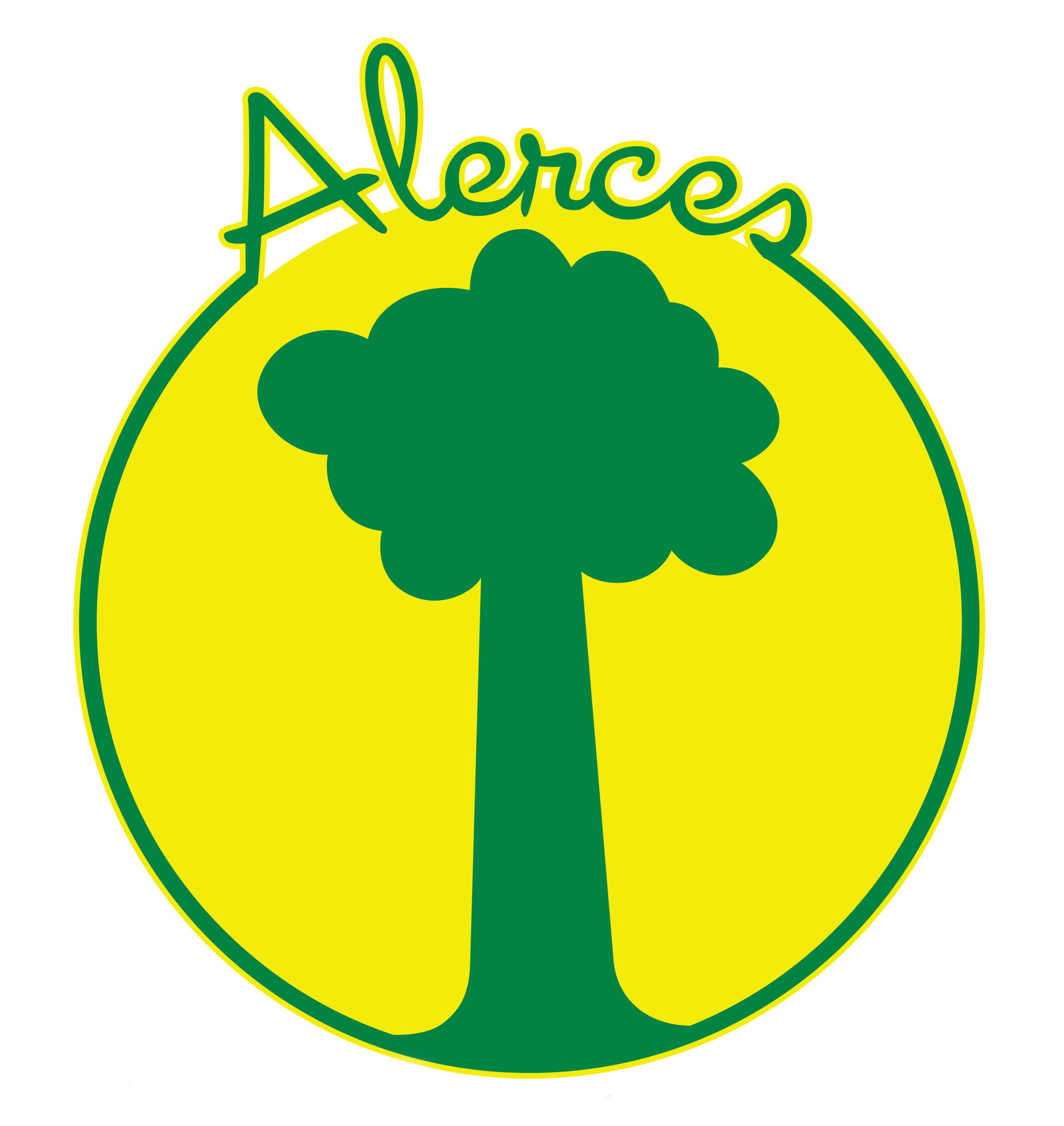Kids Spanish School Saskatoon
At Alerces we are delighted year after year to have culturally diverse classrooms with many of our families speaking other languages at home besides English. Some of our families speak Spanish at home and some of our families have never spoken a word of Spanish. We embrace and build upon a culturally rich environment where we, as educators, speak Spanish to our students throughout the day. Notably, many of our students graduate from Alerces and go on to attend French immersion elementary schools in Saskatoon with great success transitioning from Spanish to French.
What is a Spanish Immersion School?
A Spanish immersion school for preschool and kindergarten provides an opportunity for children to start learning a second language very young. At Alerces, we introduce students to our learning environment with both English and Spanish instruction, gradually incorporating more Spanish as their language acquisition and comprehension develop. Eventually, kids receive full language immersion where their understanding of the language progresses quickly.
What if I Don’t Speak Spanish?
Many parents ask this common question and naturally they want to support their child’s education. We are happy to provide you with resources should you want to learn Spanish too, however we find that you will delight in learning from your child when they come home. Your children may not teach you formally but rather you arrive to pick them up from school at the end of the day to be greeted with “Hola Mama” or “Hola Papa” and they run to you for a ‘beso’ (kiss) and ‘abrazo’ (hug).
When Can I Expect My Child to Start Speaking Spanish?
It is not the goal to have each child leave every day with a new set of vocabulary words to master, but rather that they absorb the language through the natural language acquisition process and that Spanish is merely the tool through which all of the activities and lessons are taught.
Day by day your child will surprise you with Spanish words and phrases as they passively absorb the language in the same manner they would growing up in a Spanish speaking home. Throughout the day children are spoken to in Spanish, however if a child is struggling to understand either their peers will help them or the teacher will speak to them in English to ensure they feel comfortable and secure in their learning environment.
Although not every child will actively speak Spanish, their level of understanding will be much higher than it appears. We believe in the natural acquisition of a language and allow children to develop skills at their own pace.
Common First Spanish Words
In addition to the first words, such as numbers and colours, you will likely hear your child sing in Spanish. Many students sing before they speak in Spanish as we sing every morning as a group to say hello. At Alerces we incorporate singing and dancing throughout the day to create storytelling, language learning, movement, joy, community and creative self-expression.
The Benefits of Second Language Learning
Research shows that learning a second language can increase the size of your brain, improve problem solving skills and boost creativity. Students also develop listening skills as they must first hear a language before they can mimic the sounds required to pronounce the words and phrases in that language. Additional benefits include improved memory, concentration and multi-tasking. Children who learn a second language also show improved academic performance ahead of their monolingual peers in reading, writing, and math.
The benefits of learning another language extend beyond neurological development and expand children’s world views as they learn beyond the cultural borders of their own world. When children learn more than one language they also learn passively about cultural diversity and tolerance. They learn to recognize that their language does not supersede that of another, rather that they exist within a global community where there are beautiful differences in language, song, culture, clothing, food, and the ability to understand and respect another person’s point of view.





